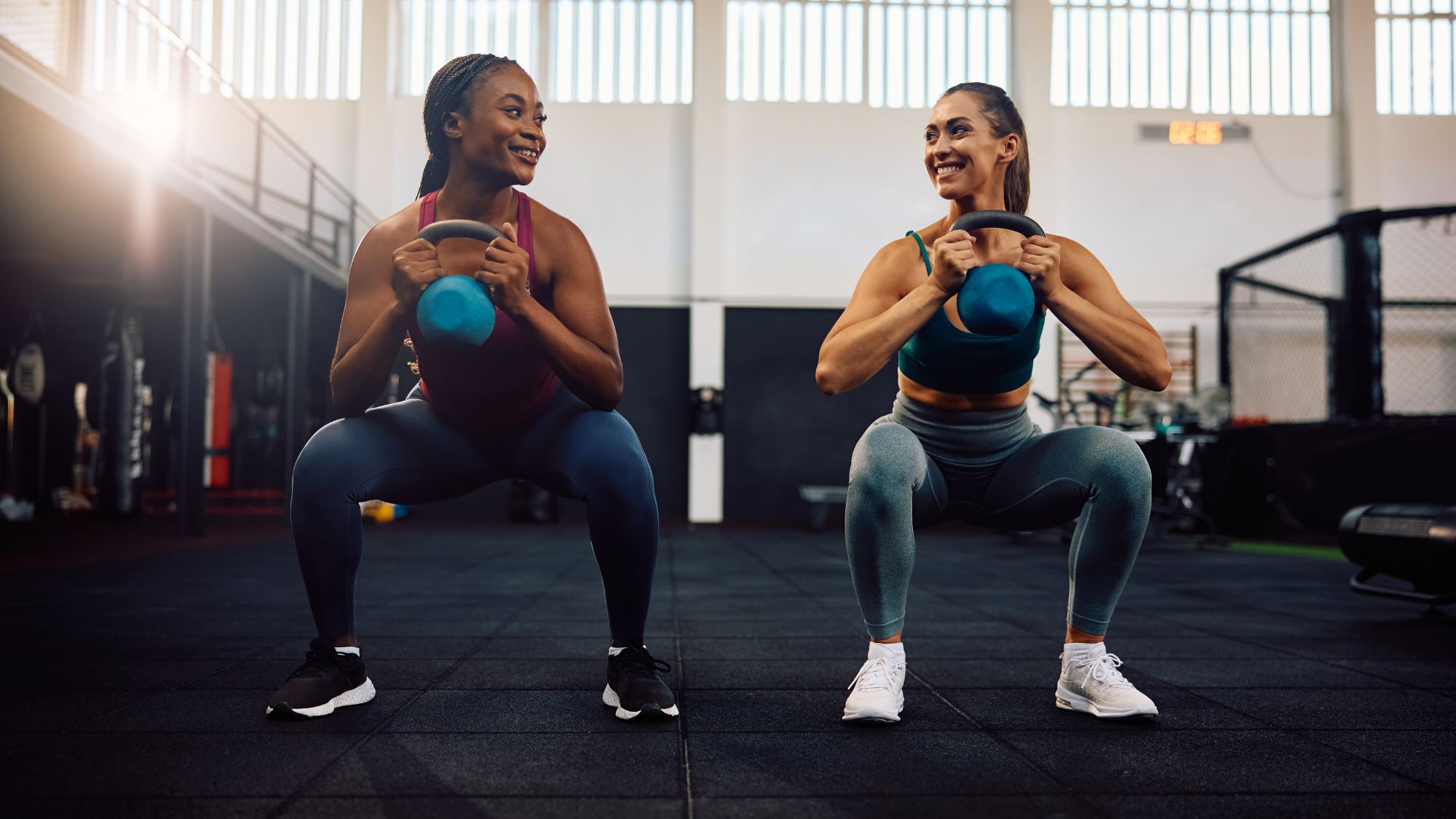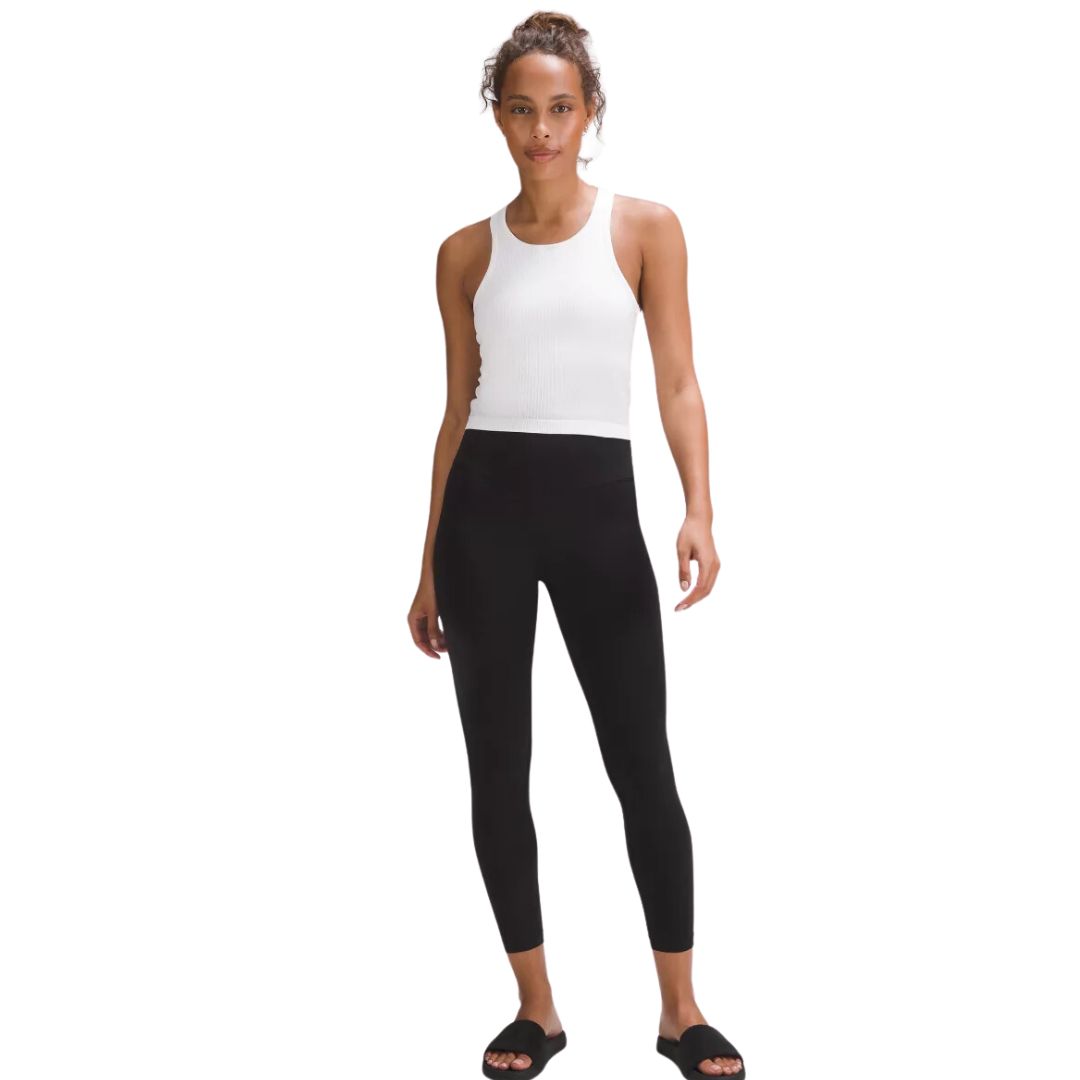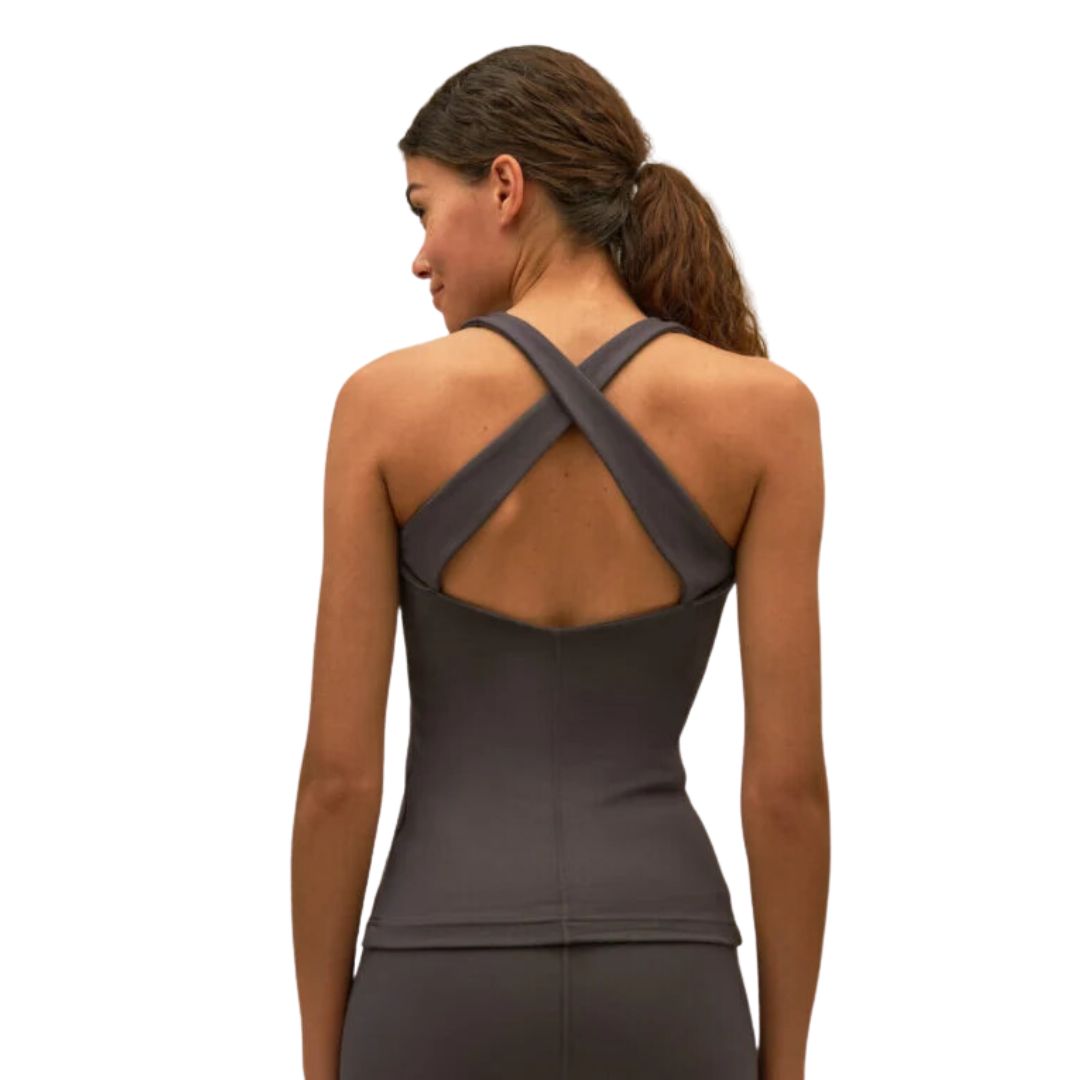What is functional strength training? Your guide to the trending workout that builds muscle for life
Is it really *the* most effective way of training?


Seen the trending workout and wondering, what is functional strength training? Currently a favourite of go-to fitness pros with over 100 million posts on TikTok, it's almost as popular as Pilates RN. Wondering what functional strength training actually is and how to implement it in your life? You're in the right place.
Functional strength training - like mobility training - isn't just another fad. In fact, as a fitness trainer and Health Editor, I swear by functional strength training to keep me mobile, flexible, strong and capable. When I teach my strength workouts, I do so with functional movement patterns in mind.
Not convinced? Before we get into the details of what functional training actually is, a bit of current research on how effective it is. One study published in 2021 found that those who did functional strength training improved their score on a movement test - in other words, how well they could carry out daily tasks and movement with ease - by nearly 20% over just eight weeks, while those who did traditional strength training only improved their scores by just 2%.
And if you need extra proof that functional fitness workouts are important, many studies have linked poor mobility with mortality. For instance, low scores on a sit and rise test (aka, how well you can move from sitting on the floor to standing) are associated with dying much sooner.
That information isn't to scare you or to say that anyone with health conditions that prevent easy movement is less healthy. Instead, it's about finding the joy in using our bodies if and when we can - and functional training is arguably the best way to keep our bodies doing the most for us for the longest time.
Looking for more training advice? Check out our guides to the benefits of strength training, strength training for beginners, and low impact strength training, while you're here, not to mention the difference between strength training vs hypertrophy, while you're at it.
What is functional strength training? Your guide to the trending workout
So, what is functional strength training?
Functional strength training simply means building strength in purposeful patterns. "It involves building power and stability in exercises that replicate ‘everyday’ movement patterns," elaborates Nancy Best, PT and founder of Ladies Who Crunch.
Celebrity news, beauty, fashion advice, and fascinating features, delivered straight to your inbox!
Unlike traditional strength training, in which the main goal is to get stronger at the specific lifts you do in the gym, functional strength training aims to build strength that is transferrable to life outside of the gym.
And while arguably all strength training is functional (if you're hip thrusting with kilos, your glutes will be getting stronger, which will transfer into any time you use your glutes in real life), many of us spend a lot of time working on patterns that we don't really replicate in the real world. How often, for instance, do you make a hip thrust position in real life?
A post shared by Emily Solman (@_emilysworld)
A photo posted by on
What are the benefits of functional strength training?
Functional training aims to focus more on the real world patterns so that you can move through life without pain or risk of injury.
"Whether you're bending down to put on your shoes, or pulling a heavy suitcase around the airport, you need strength in all planes of movement," says Best. "By functionally strength training, we build stability and power in these positions and minimise our chances of injury."
"One of the most overlooked benefits of functional strength is its impact on your core. There’s so much poor advice about "getting a six-pack" on social media that claims to get you results through a single exercise, whereas functional strength training is centred around the trunk, aka the wraparound set of muscle groups that includes your pelvis, lower back, transverse abdominals and your hips."
Given that your core is responsible for balance, stability and posture, working on it in the gym is a great way to improve overall health and resilience.
We also can't ignore that functional strength training is simply a form of strength training, meaning all the usual benefits from building a body that can handle more load apply. That includes reducing your risk of developing osteoporosis and protecting your joints.
How do you do functional strength training?
With all that in mind, what does functional training actually look like?
"Functional strength tends to prioritise compound exercises which recruit multiple muscle groups in one exercise. This means you’re building full body strength in every workout," says Best. And, performing compound exercises like squats and deadlifts, "are very effective for improving core stability."
However, isolation and isometric exercises are also important. Think how often you transfer weight from one side to the other: when you walk, run, step into the car or onto a pavement, for instance.
"Most of us don't have a perfectly symmetrical body in terms of power, so when you're trying to build strength, it's also important to include unilateral movements that focus on one side of the body, to isolate any imbalances," agrees Best.
So, expect your functional strength training to include both compound exercises and unilateral work. Typically, that will be done over the four fundamental movement patterns: push, pull, hinge and squat. Not sure where to start? Some people see "hinging" as a lower-body pull and "squatting" as a lower-body push, so you could further group these patterns into two groups of push and pull if that's simpler for you.
"A common format is splitting up your training days into push movements (performing exercises like overhead presses and squats) and pull movements (think deadlifts and rows). I’d recommend starting with these full-body push and pull days for a twice-a-week workout as you begin your functional strength journey. As you become more experienced, you can break it down further into squat days, hinge days, push days and pull days," says Best.
And in terms of reps? "If you’re focused on improving your functional strength, you’ll need to prioritise lifting heavier weights for a smaller rep range (three-to-five sets of two-to-six reps)," she continues.
7 best functional strength training exercises
There are so many ways to functionally strength train, but if you're getting started it's best to start with the foundational moves. Pick from this non-exhaustive list of functional strength training exercises.
1. Deadlifts
What? A deadlift involves picking a weight - a barbell, dumbbells or kettlebells - off the floor and then straightening to stand. It's a hinge movement pattern or a lower-body pull exercise.
Why? A deadlift mimics the motion you'd make any time you were picking anything off the floor - a child, a suitcase, shopping bags, etc. As well as that, it builds strength in your posterior chain (the muscles that run down the backside of the body, such as your back, glutes and hamstrings) for improved posture.
2. Squat
What? A squat involves lowering your hips down to the ground. It's also known as a lower-body push exercise.
Why? This is again beneficial for picking up anything from the floor but also comes into play when we want to sit and stand from a chair, sofa or the floor. Even if that sounds easy to you now, don't take it for granted: training in this position means it will be easy for life.
There are so many variations of squats you can choose from: goblet squat, front squat, dumbbell squats, etc. We're starting with the most straightforward barbell squat as it will help you build the most strength in your lower body and core.
3. Overhead press
What? An overhead press involves lifting a weight over your head - it's an upper-body push movement. There are many variations, including shoulder presses, Arnold presses and single arm presses, but performing the exercise standing with a barbell is a good intro.
Why? We reach overhead many times throughout the day, but many people complain of tight and stiff shoulders. This move will help by building upper body strength but also core stability: the goal is to stay grounded and strong in the midsection and lower body as your upper body moves the heavy weight.
4. Dumbbell row
What? A dumbbell row is an upper-body pull movement. It's done by pulling the weights into your hips in a bent-over stance.
Why? Rows are functional as we pull a lot of weight in real life and require the pulling muscles to maintain our shoulders-back posture throughout the day. Using dumbbells for this exercise makes it even more functional, allowing each side to pull their own weight evenly.
5. Push up
What? A push-up is done from the floor, stabilising your bodyweight as you lower and then pressing it away. It's another upper-body push movement.
Why? We often have to push our body up - to get out of bed, to open doors and push prams, as an example. Having a strong push position can also be useful in case of falls or slips, allowing you to get up again.

6. Lunges
What? There are many variations of lunges, but all of them involve stepping your feet apart and back together. It's mainly a lower-body push exercise.
Why? Being strong weight from one foot to the other is essential for pretty much every part of life. It's also a brilliant way for runners to avoid injury. As well as building the strength in your lower body, your core will be stabilising to keep you upright.
7. Dead bug
What? This is primarily a core exercise, done lying on your back and moving your arms and legs without moving your core.
Why? The dead bug may not look like a position you usually find yourself in, but it trains a pattern we make all the time. Namely, it builds your ability to stabilise your core while your limbs move. That's a great way to prevent falls - making you unknockdownable.
Shop MC UK's favourite functional training kit here:

The best gym leggings are buttery soft, don't slip and make you feel amazing, which is why I'm never without my Lululemon Wunder Train leggings. Despite how many pairs of gym bottoms I have in my drawer, I reach for these every time.

Chloe Gray is a freelance journalist who writes and talks about health, fitness, and wellbeing through a feminist lens. She was part of the launch team for Stylist magazine's fitness brand, Strong Women, and has written for i news, Women's Health, Red magazine, Good Housekeeping, Refinery29, and more. She's all about building mental and physical strength, eating delicious food that fuels you well, and making the fitness industry more accessible and enjoyable. She's also a qualified fitness trainer and research nerd, so you can be sure everything you read is backed by proper science.







